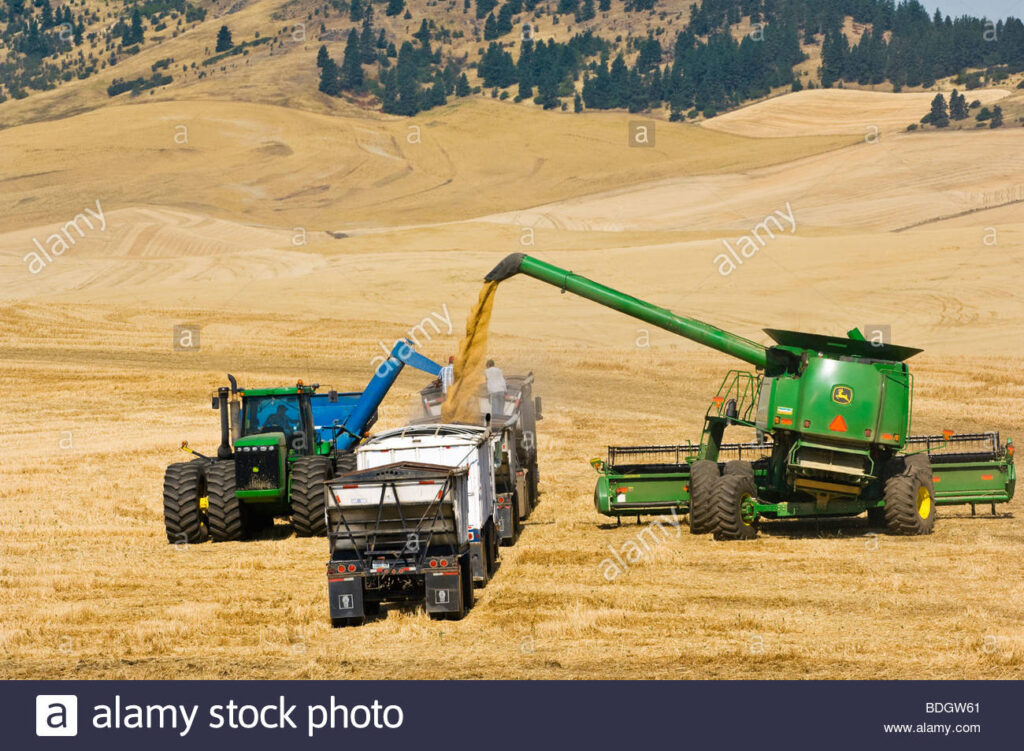Being a grain farmer is more than growing wheat, corn, and other grains. It’s an extensive business process that entails growing grain and its transportation and delivery to buyers quickly and efficiently.
For farmers to make a profit, it’s essential to make informed decisions on when and where to sell and accurately estimate the cost of grain transportation.
The Importance of Estimating Grain Transportation Costs
In today’s high-tech and competitive world, the locations and markets for selling grain are vast. Farmers now have the options for selling and delivering grain to ethanol plants, feed mills, barge loading facilities, and grain processors in various locations.
To choose the best option to minimize costs, farmers must accurately estimate the cost of transporting grain to each site.
Common Methods of Grain Transportation
For small local deliveries of grain, tractors and wagons are suitable, but hopper bottom trailers are the most common and most effective solution for large deliveries to farther locations. As explained by the experts at Hale Trailer, “Hoppers are ideal for shipping food products like loose grain, legumes, and nuts.”
If you deliver large amounts of grain, nuts, or other bulk products over a large area, you may want to rent a hopper bottom trailer or find a hopper bottom trailer for sale to purchase for your business.
It’s essential to estimate operating costs before buying a truck or trailer for transporting grain. The distance you have to travel to make grain deliveries is a large part of operating costs, which is why it’s so important to select the best method of grain delivery for your needs.
Before you go looking for a hopper bottom trailer for sale or semi-trailer to buy, be sure to estimate the operating costs for your intended delivery areas.
Operating expenses include gas, maintenance, insurance, and other costs associated with trailer ownership and use.
Grains can also be shipped in bags, making it easier to be shipped by a semi or other enclosed trailer.
The bagged grain can be stacked on pallets and then loaded into enclosed trailers for delivery. Enclosed trailers are a great choice for keeping grain dry. Grain will become damaged if it gets wet or is exposed to excessive heat.
What You Should Know About Transportation of Grain Crops
Shipping grain is a tricky business. It must be done correctly and with the correct method of transportation to prevent damage to grain.
Semi-trailers can keep grain dry during transport, but the temperatures inside a trailer during hot summer months can get excessive and allow bacteria growth to damage the grain.
Hopper bottom trailers are designed to keep grain dry and at optimum temperatures to prevent damage during transportation.
When choosing a method of grain transportation, it’s a good idea to consider the type of trailer that will work best in the climate of your delivery area.
If you live in an area with frequent rains during transportation times, you may want to use an enclosed truck or trailer or hopper bottom trailer for grain transportation.
The transportation of barley, corn, seed grain, wheat, nuts, and other grains requires a method of transport that will ensure safe and timely delivery and ensure product quality.
Using cheap or poor-quality methods of grain delivery can lead to losses and damage to grain products, which will lead to lost revenue and lower profits.
